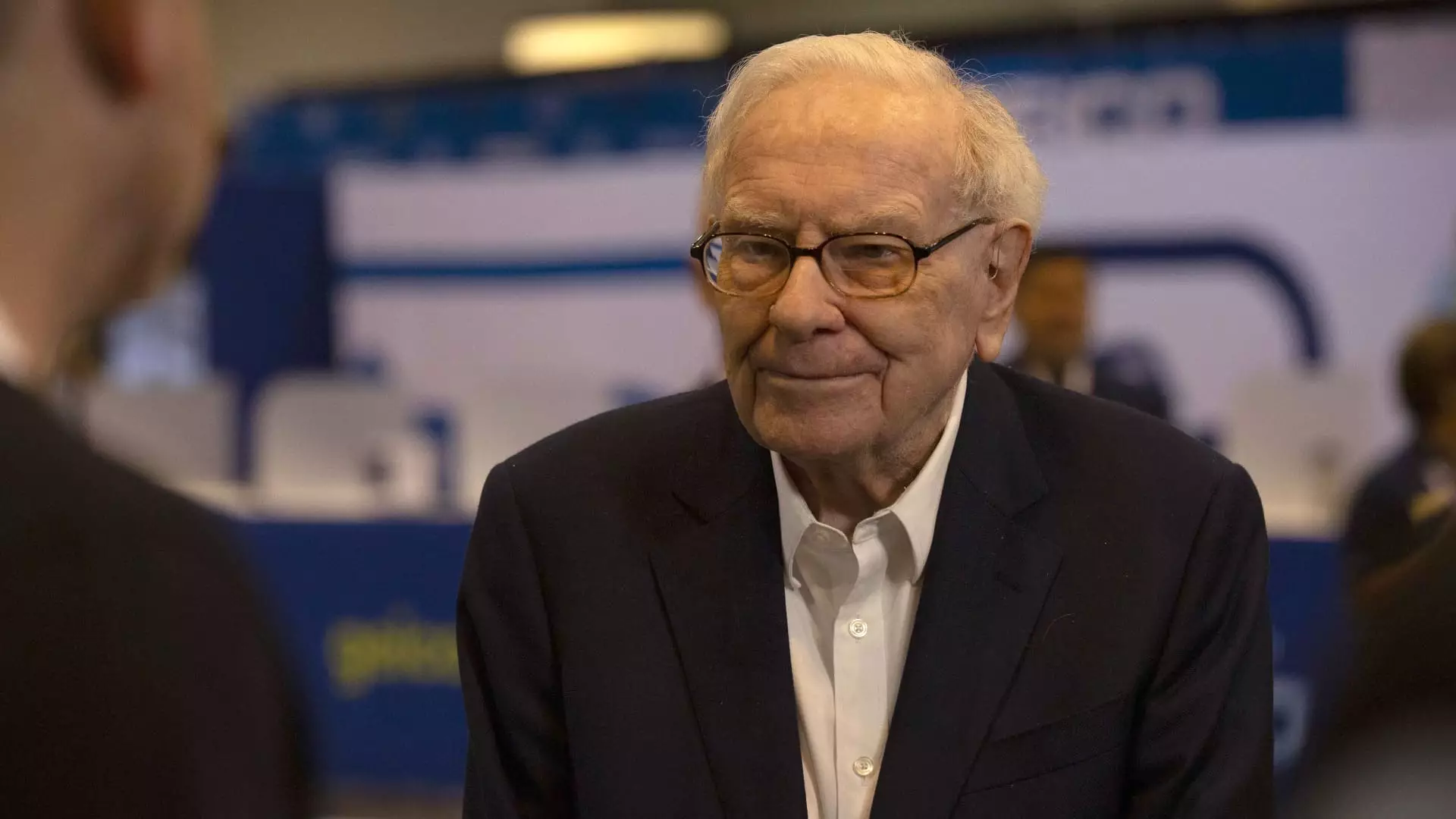In a notable shift, Warren Buffett’s Berkshire Hathaway has trimmed its investment in Bank of America, taking its stake below the pivotal 10% mark. This decision follows a series of selling activities that commenced in mid-July. As reported in a recent SEC filing, Buffett disclosed the offloading of approximately 9.5 million shares over three discrete transactions conducted from Tuesday to Thursday. With these shares sold, Berkshire now holds about 775 million shares, representing a stake of roughly 9.987%. Notably, this adjustment in holdings now exempts Berkshire from the stringent requirement to report subsequent transactions in a timely manner, a regulation aimed at larger shareholders.
The Implications of Lower Stakeholding
The decrease in stake falls under the SEC’s regulatory framework, which mandates shareholders with over 10% ownership to report their transactions within a flush timeframe of two business days. As Buffett moves under this threshold, the timing of Berkshire’s future investment actions becomes more opaque. This clouds the visibility for investors and analysts who keenly monitor Buffett’s maneuvers, as his next significant disclosures won’t transpire until the mid-November 13F filing, revealing the equity portfolio as of September’s end. Despite these changes, Berkshire Hathaway continues to dominate as Bank of America’s largest institutional investor, a fact that retains some assurance regarding its overall market presence.
Interestingly, the stock price of Bank of America has shown resilience, gaining approximately 1% in the past month notwithstanding Berkshire’s offloading of shares. This trend is further reinforced by Bank of America CEO Brian Moynihan’s comments on market dynamics, suggesting that robust stock absorptions are in play, largely facilitated by share repurchases orchestrated by the bank itself. Such resilience may indicate a stabilizing effect, even as speculation looms over Buffett’s decisions.
Buffett’s history with Bank of America is profoundly rooted in the aftermath of the subprime mortgage crisis. His initial investment of $5 billion back in 2011 was pivotal in restoring confidence in the financial institution during turbulent times. This strategic move not only secured warrants that he later converted into common stock but also positioned Berkshire as the bank’s largest shareholder. Adding to his stakes in 2018 and 2019 exemplified Buffett’s faith in the bank’s future. However, his recent sell-offs reflect a broader trend of divesting from traditional banking investments, including firms like JPMorgan and Goldman Sachs.
This pivot raises questions about Buffett’s outlook on the banking sector. His expression of caution regarding the banking landscape, highlighted during the recent crisis and drawing parallels to the 2008 financial upheaval, indicates a notable skepticism. Buffett’s rhetoric concerning the “stickiness of deposits” addresses the fragility perceived in current banking systems, exacerbated by enhanced digitalization and fintech innovations that have reshaped consumer behavior during financial crises. Such systemic shifts prompt a reevaluation of risk surrounding banking investments, which Buffett appears to be navigating with increased circumspection.
While Buffett’s decision to reduce his stake in Bank of America may be scrutinized, it is emblematic of a larger strategic reassessment in an evolving financial landscape. As such, the unfolding narrative around this financial titan will be one closely watched for implications not only for Berkshire Hathaway but for the banking sector at large.


Leave a Reply